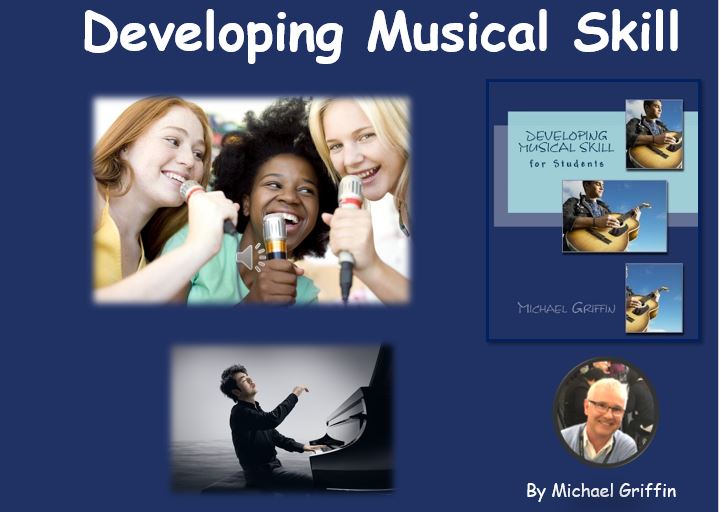Teaching Music Practice

How do you teach music practice? Or is this assumed, perhaps implicit in the lesson structure?
Learning how to practise is crucial. Nothing is as important in the process of becoming a musician. The greatest factor that drives the motivation to continue practising a musical instrument is making progress. If students do not make progress, they will give up. Hence, teachers must provide students with the tools to improve.
The first issue is whether the teacher has a clear understanding of the fundamentals of practice, and why they work. For instance:
- Why is repetition the number one practice strategy, and how does it change the brain? How do you vary repetition? What is spaced repetition and why is it twice as effective as blocked repetition? What is myelination of the brain and how is it related to musical proficiency?
- Why must we work only on short passages at any one time, and how is it that music theory is related to chunking, a strategy that fast-tracks learning?
- Why is it that telling a child to practise slowly never works, so how do you effectively teach this?
Research has it that about 80% of children under the age of fourteen practise a piece through once, from start to the end, without stopping to fix anything. This is not practice; it is called a run-through.
Understanding the neuroscience, physiology and psychology of practice is a first step. But knowing how to teach practice is another thing altogether. New teachers, for example, are susceptible to over-teaching. They fall into the trap of providing excess verbal explanations when often a simple model is more effective. Mimicry is the meta-skill of skill development, so keep words to a minimum and allow students to copy. Taking slow-practice for example, we model the tempo, and ask the student to copy. Be prepared for several attempts before the copy is accurate.
Have you observed student practice? “Today, I would like you to imagine I’m not in the room – go ahead and practise for the next 15-minutes.” In reverse, swap places with the child, having them watch you practise their pieces. It will be an act, of course, but modelling of repetition chunking and slow-practice – the cornerstones of effective practise – will be infinitely more effective than all the words of Solomon. In this metacognitive modelling technique, the teacher verbalises thought processes. Students need thinking models as well as skill-development models.
Finally, messages about practice need to be repeated continuously. Never assume that students know what you know, and that they understand a concept because you have told them once. The head -nod is not a good check for understanding! In the words of Samuel Johnson, “people need to be reminded more often than taught new things”.
Without effective practice progress is limited and students will be more likely to quit.
Michael Griffin is the author of two books and two online courses that specifically address music practice.
Books: Learning Strategies for Musical Success (for teachers), and Developing Musical Skill (students and parents). Available direct through Michael as well as Amazon and online bookshops.
Online courses: Teaching Musical Skill (teachers), Developing Musical Skill (students and parents). Michael also provides face-to-face professional learning and practice workshops for music communities and schools, targeting teachers, students, and parents.
Michael’s website is professional-development.com.au.
MICHAEL GRIFFIN
M. Ed Studies, B.Ed.
A. Mus. A
Adelaide, South Australia